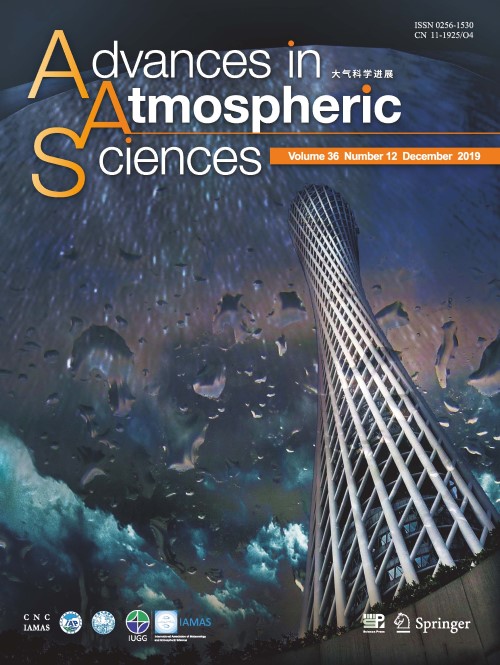Warm-sector Heavy Rainfall in China: Studies and Challenges
Date:2019-12-04
Warm-sector heavy rainfall (WSHR) is a type of rainstorm proposed by Chinese meteorologists that had been found to only occur in South China. However, in recent studies, WSHR has also been found in other regions of China, according to Prof. SUN Jianhua, from the Key Laboratory of Cloud-Precipitation Physics and Severe Storms, Institute of Atmospheric Physics, Chinese Academy of Sciences, and the corresponding author of a recently published study.
"WSHR events often cause severe flooding, huge economic losses, and many casualties, but the operational prediction of these events is difficult and often inaccurate," says Prof. SUN. "To encourage more scientists to study this problem, we summarize the existing research and propose the challenges presented by WSHR."
Prof. SUN and her team—a group of researchers from the Institute of Atmospheric Physics and Beijing Municipal Weather Forecast Center, National Meteorological Center, China Meteorological Administration—have reviewed the research results on WSHR, including the categories and general features, the triggering mechanism, and structural features of the mesoscale convective system, and the paper is published in Advances in Atmospheric Sciences (AAS).

The article is featured on the cover of Issue 12 of AAS in 2019. Shown on the cover is Guangzhou Canton Tower standing in torrential rain, representative of the considerable socioeconomic impacts imposed by WSHR. (Image by AAS)
"After decades of research, we have a relatively deep understanding of the triggering mechanism and synoptic weather systems of WSHR in South China, but we only have a preliminary understanding of WSHR in other regions," says Prof. SUN.
WSHR events in South China are associated with four types of synoptic patterns (wind shear, a low vortex, southerly wind, and backflow), while those occurring in regions south of the Yangtze River and over the middle and lower reaches of the Yangtze River are associated with the synoptic patterns of a warm wind shear line, pre-cold front, and the edge of the western Pacific subtropical high.
The topography and land–sea contrast are important factors impacting the intensity and distribution of WHSR events in South China. However, the severe precipitation maxima in WSHR events of other regions in China are dispersed and occur over mountains, the borders of mountains and plains, and the shorelines of lakes.
WSHR events can also occur in North China, such as the extreme heavy rainfall case on 21 July 2012. Due to the lack of understanding of WSHR, forecasts of their occurrence are inaccurate and the forecast intensity is typically less than the actual precipitation record.
"Till now, forecasting WSHR has been very difficult because we do not fully understand the formation and developing mechanism," says Prof. SUN. "To improve the forecasting accuracy of heavy rainfall, the background conditions, triggering mechanism and predictability of WSHR in China are worthy of further study."
Reference:
Sun, J. H., Y. C. Zhang, R. X. Liu, S. M. Fu, and F. Y. Tian, 2019: A review of research on warm-sector heavy rainfall in China. Adv. Atmos. Sci., 36(12), 1299-1307, https://doi.org/10.1007/s00376-019-9021-1.
Media contact: Ms. LIN Zheng, jennylin@mail.iap.ac.cn
